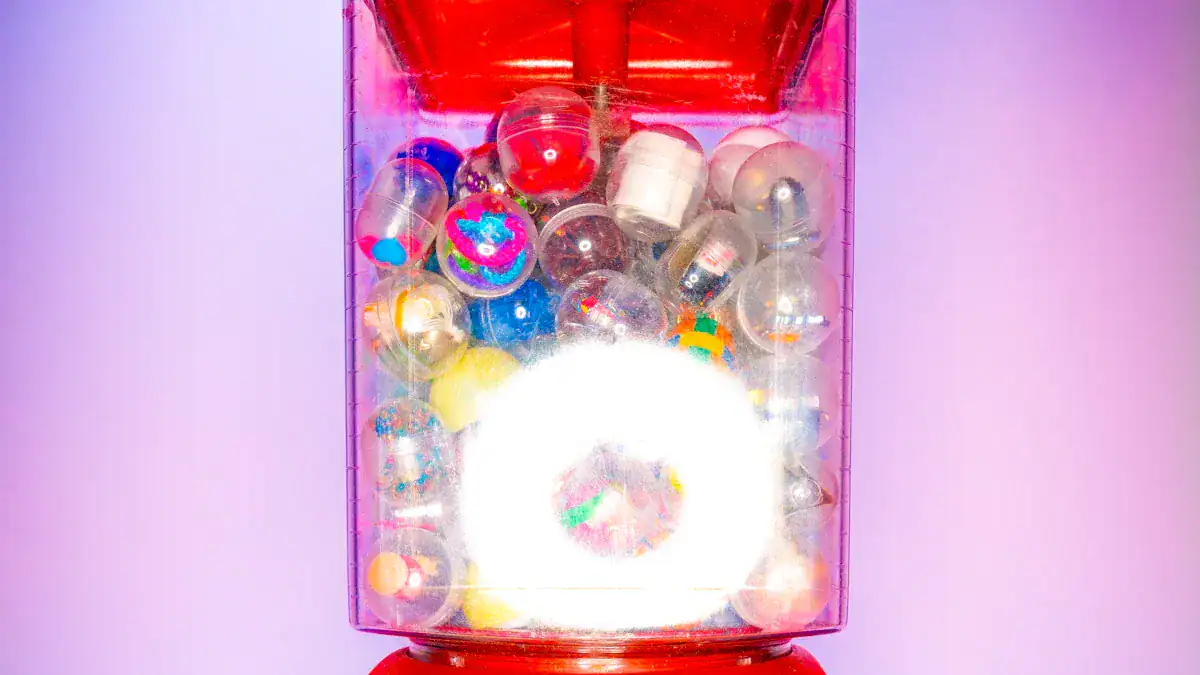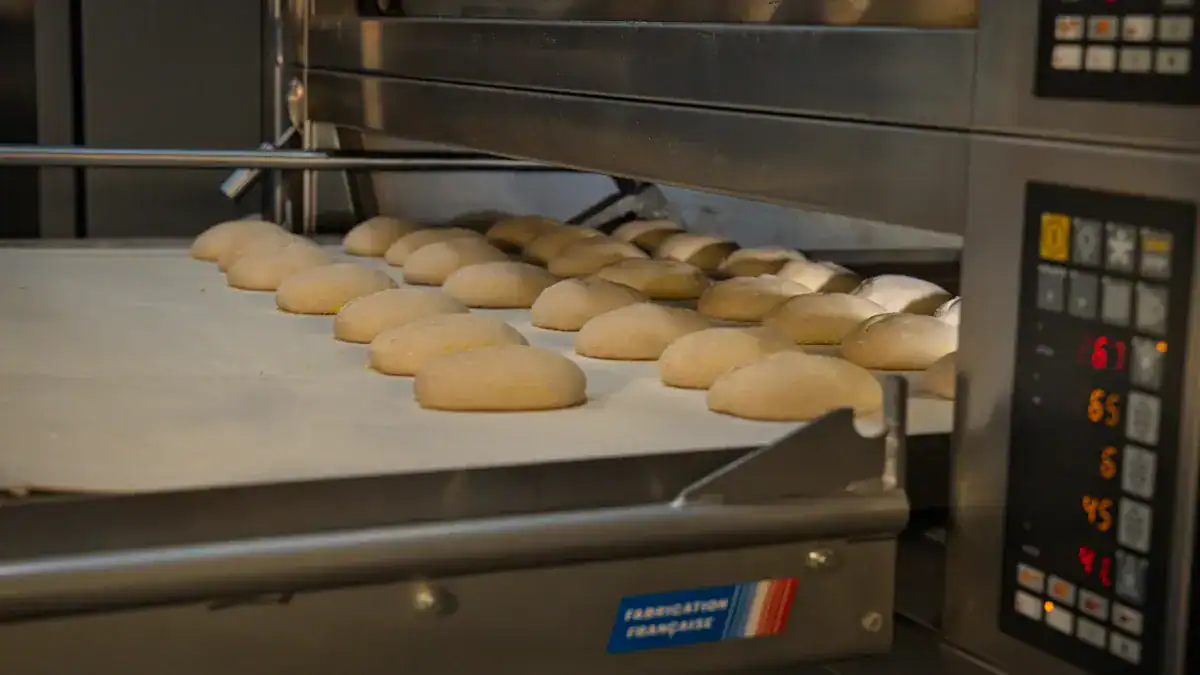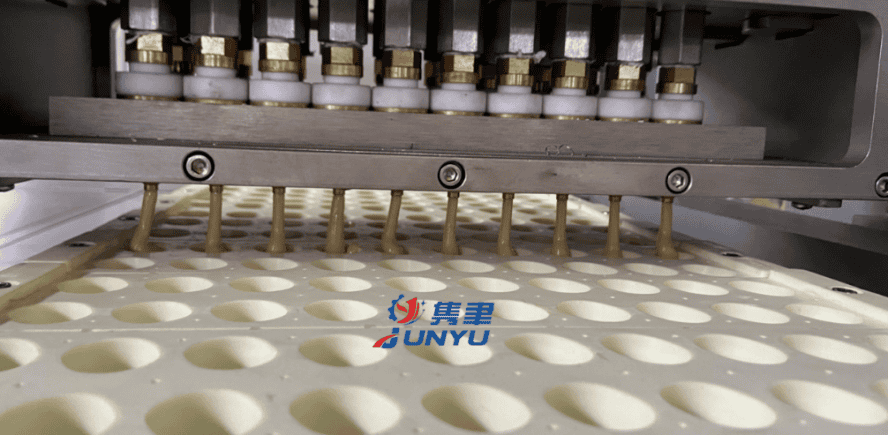How is Candy Made in a Factory? This article will help you understand the basic processes and equipment required to create hard candy. You’ll also learn about the ingredients used and the costs of operating a candy factory. You’ll also learn about the various processes used and the ingredients you’ll need. And don’t forget to check out the candy business cost calculator for the exact amount of money you’ll need to invest.
Equipment needed to make hard candy
The manufacturing process starts with the sugar melting pot and then proceeds to the mixing and cooling tank. This unit contains different parts that allow the ingredients to be mixed according to their desired consistency. It has a heating system and a circulating conveying system that ensures that the ingredients are evenly mixed. A hard candy packaging machine is next, which encloses the hard candy, seals it properly, and labels it. Hard candy packaging machines can also be integrated with a labeling machine or an ingredient weighing machine.
The equipment needed to make hard candy in a factory consists of several components that work in conjunction to create a high-quality product. The sugar melting pot has a port for maintaining specific temperatures while the sugar is being melted. There is also a syrup storage tank, which stores and filters the syrup during the production process. A machine that can produce different types of candy is best. However, if you plan to manufacture hard candies for a long time, you may need several different machines.
Ingredients used to make hard candy
Hard candy is typically classified into three categories based on its ingredients: soft, semi-soft, and rock candy. Hard candy is almost entirely made of sugar and may include small amounts of flavoring and colour. Peppermint sticks, fruit drops, and clear mints are examples of hard candy. Rock candy, on the other hand, is practically sugar. A few other ingredients can be added to the candy, such as nuts or fruit.
To make hard candy without sucrose, confectioners begin the process by adding glucose or sucrose syrup to the mixture. Sucrose provides sweetness and improves the shelf-life of the hard candy, while liquid glucose inhibits crystallization and contributes to the texture. Colorants are added to HBC to impart a desirable flavor. In addition, coloring is added to attract consumers and distinguish the finished product from the unfinished version. Several types of acids are used to control the sugar inversion process.
Processes involved in making hard candy
The process of hard candy manufacture involves the concoction of sugar and a variety of flavouring and colouring agents. The sugars used in the production process are generally sucrose or corn syrup, which are starch hydrolysates containing glucose and maltose. This mixture is subjected to reduced pressure during the curing process, so that the sugar becomes amorphous and the consistency of the finished product is consistent.
Once the ingredients are mixed, the mass is cooked to 280-300oF. It is then concentrated into a plastic mass containing about 1% to 2.5% moisture. This plastic mass is then formed into the desired shape using a die, which is heated to 180degF. The mass is then poured into the final cooking temperature. Once the mass has reached the correct temperature, it is ready for the packaging process.
Costs of running a candy business
Starting a candy business is not cheap. There are many costs to consider, including the cost of raw materials such as sugar, butter, flour, chocolate, caramel, and other baking ingredients. Rent can be over $80,000 a month in Manhattan, but a similar lease in Florida or Tennessee is less than $1,000 a month. Additional costs can include property and equipment leases and loan payments, salaries and commissions, and insurance and depreciation.
Marketing your business is a vital part of launching a successful candy business. You will need to determine your target audience. Based on your target audience, you will need to consider a variety of marketing strategies. For example, gourmet candy stores typically target affluent adults in Facebook groups, while individually wrapped candy stores target parents through Facebook groups. Consider your abilities when choosing your marketing strategy. If you can only make small batches of a particular flavor, you might not have enough products to market to the masses.





